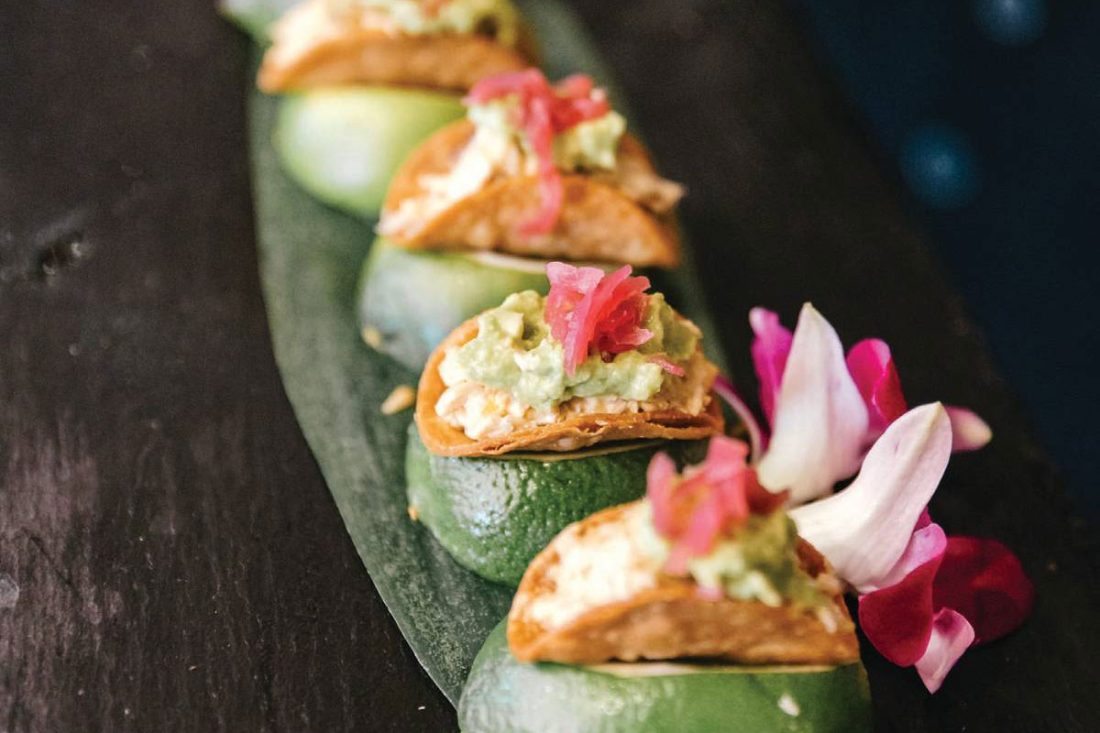Couples are opting for out-of-the-box and useful wedding favors, as opposed to traditional options.
By Carolyn Davis
Gone are the days of gifting traditional wedding favors like sugar-coated almonds, glassware and trinkets. These items have mostly lost their appeal, with couples now choosing more interactive and out-of-the-box options to share with their guests, says Rachael Lassoff of Dream Day Events in Haverford, Pennsylvania.
Late-night parting snacks are of the moment, with couples providing treats like cheesesteaks, “we tied the knot” pretzels, sliders and breakfast sandwiches. These delectable offerings not only delight the palate but also provide a memorable way to conclude the festivities.
Lassoff notes a strong trend toward couples incorporating beloved snacks (think ice cream trucks and Tater Tot towers) and cultural foods, like a croquembouche or limoncello, to make the wedding more dynamic and reflective of their personalities.
Personalization is key, she says, and this extends to presentation. “You’ve always had a dessert station, but now it has to look nice. It can’t just be a table full of things to take. You have to make it engaging for people to consume.”
As guests now actively share their experiences on social media, couples are curating displays and food choices that hold visual appeal. These ’gram-worthy favors (like a mini taco in a lime wedge) have become a way to share a couple’s unique story.
Photo booth opportunities have also evolved. Beyond the old-school strips of fun, candid snapshots to take home, vendors now offer 360-degree rotating platforms and captures that upload right to your device.
In the age of destination celebrations (and the fact that families and friends are spread across geographical areas and travel farther for weddings), hotel bags on arrival are also a popular favor.

Courtesy of Dream Day Events
“Couples might curate a ‘welcome to our wedding’ package filled with weekend essentials—like water bottles, Advil and granola bars—that guests can really use,” Lassoff says.
In general, the overall movement is toward being “less wasteful and more pragmatic,” she explains. Charitable contributions and sustainable gifts, like an herb to take home and grow, also convey mindful intentions.

